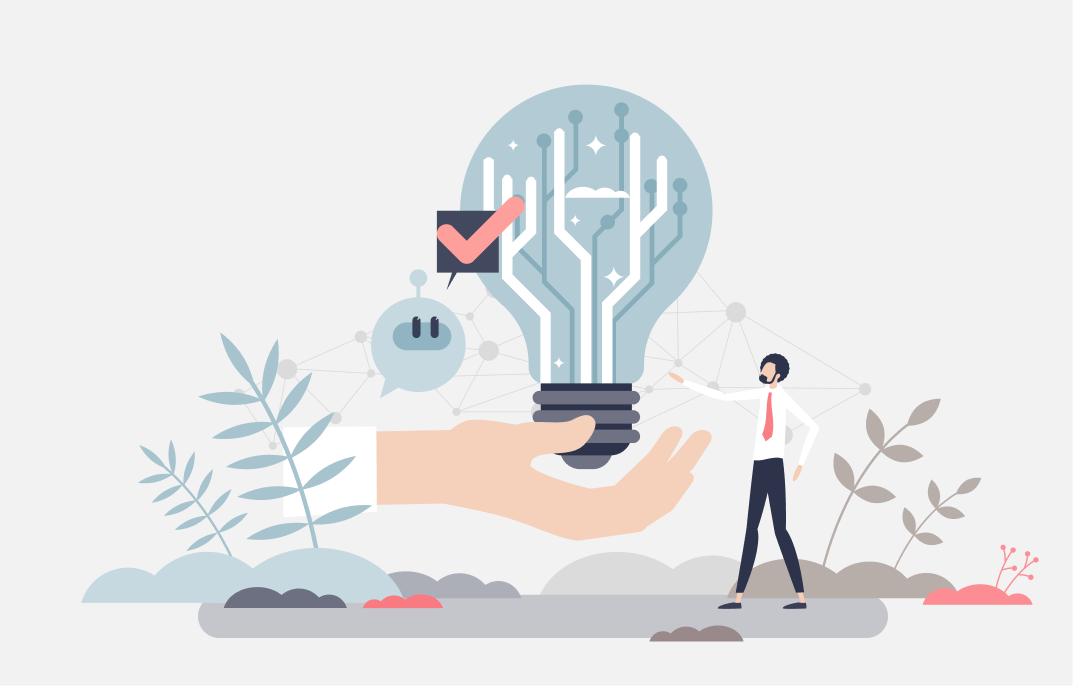In the realm of user experience (UX) design, psychology plays a pivotal role in shaping how users interact with and perceive products. By understanding psychological principles, designers can foster stronger relationships between their products and users, ultimately enhancing loyalty and accelerating project growth. Here, we delve into five key psychological concepts that can be leveraged to create more effective and engaging designs.

1. The Von Restorff Effect
The Von Restorff effect, also known as the isolation effect, states that an item that stands out from a group of similar items is more likely to be remembered.
Application in Design
This principle is particularly useful for designing call-to-actions (CTAs). By making CTAs visually distinct from other buttons, you ensure they grab the user's attention and remain memorable. For example, using a bold color or a unique shape for the CTA button can help it stand out and encourage users to take the desired action.
2. The Serial Position Effect
The Serial Position Effect refers to the tendency of users to recall the first and last items in a series better than the middle items.
Application in Design
This effect explains why modern applications often use top or bottom navigation bars instead of hamburger menus. Placing critical user actions at the beginning or end of the navigation bar takes advantage of this effect, making these actions more accessible and memorable to users. For instance, key features like "Home" and "Profile" are often positioned at the far ends of a navigation bar to ensure they are easily noticed and accessed.
3. Cognitive Load
Cognitive load is the amount of mental effort required to complete a task. It can be divided into three types:
- Intrinsic Cognitive Load: The inherent difficulty associated with a specific task.
- Extraneous Cognitive Load: The way information or tasks are presented to a user.
- Germane Cognitive Load: The mental resources required for learning and creating schemas.
Application in Design
To optimize user experience, it's crucial to minimize extraneous cognitive load. This can be achieved by simplifying interfaces, using clear and concise language, and providing intuitive navigation. For instance, breaking down complex tasks into smaller, manageable steps can reduce cognitive load and make the user journey more straightforward and enjoyable.
Understanding psychological principles like the Von Restorff effect and Hick’s Law can transform your design approach, making your products not only more appealing but also more intuitive and user-friendly.

4. Hick’s Law
Hick’s Law states that the time it takes for a person to make a decision increases with the number of choices available.
Application in Design
To streamline decision-making and enhance usability, designers should limit the number of options presented to users at any given time. For example, using progressive disclosure techniques, where only the most relevant options are shown initially and additional choices are revealed as needed, can prevent users from feeling overwhelmed and improve their overall experience.
5. Law of Proximity
The Law of Proximity suggests that objects near each other tend to be grouped together by our brains. This natural tendency can be used to create intuitive and effective designs.
Application in Design:
- Group Related Elements: Position related items close to each other to indicate their connection.
- Whitespace: Use whitespace strategically to separate different groups and reduce visual clutter.

Conclusion
Understanding and applying these psychological principles can significantly improve user experience and foster loyalty. By leveraging the Von Restorff effect, Serial Position Effect, Cognitive Load Theory, Hick’s Law, and Law of Proximity, you can create designs that not only attract users but also keep them engaged and satisfied.
If you want to elevate your product’s user experience through insightful design strategies, reach out to our team. We specialize in creating user-centric designs that drive loyalty and growth. Let’s build something amazing together!
FAQ
Why is psychology important in UI/UX design?
Psychology helps designers understand how users think, feel, and behave. Applying psychological principles leads to more intuitive interfaces, better usability, and improved user satisfaction.
What is cognitive load and why does it matter in design?
Cognitive load refers to the mental effort required to use an interface. Reducing cognitive load through clear layouts and simple interactions helps users complete tasks more easily.
How does visual hierarchy influence user behavior?
Visual hierarchy guides attention by emphasizing important elements through size, color, and placement. It helps users quickly understand where to focus and what actions to take.
What is Hick’s Law and how is it applied in UI/UX?
Hick’s Law states that the more choices users have, the longer they take to decide. Designers apply this principle by simplifying options and grouping content to speed decision-making.
How does social proof affect user trust and engagement?
Social proof, such as reviews, ratings, and testimonials, builds credibility and reassures users. It influences decision-making and increases confidence in a product.
What role do feedback and affordances play in user experience?
Feedback confirms user actions, while affordances indicate how elements should be used. Together, they make interactions predictable and reduce user frustration.








.avif)



.avif)

.avif)


